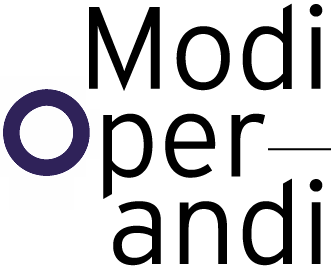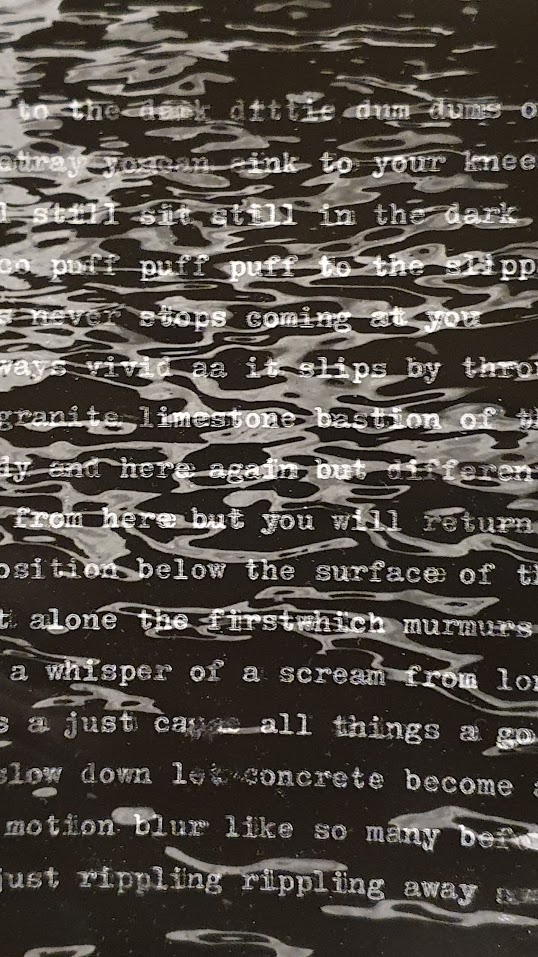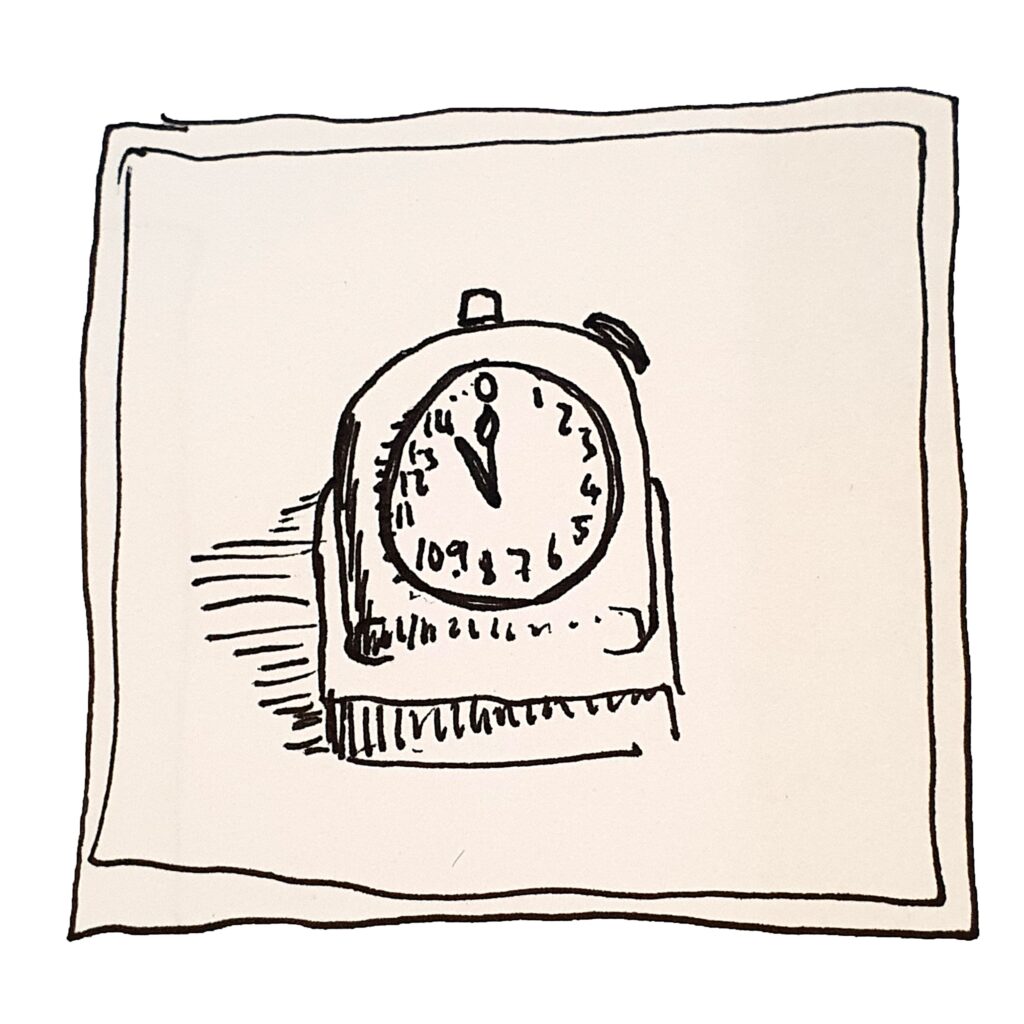SURFACES AT LARGE AND THE MEANNESS OF MEASURE
This paper is an experiment on the form of the essay itself which seeks to circumnavigate its own content. While attempting to describe, it regards the dangers of the measure and precision from the outskirts, without risking collision by claiming to execute such precision itself. Intended initially as a physical print with no binding, allowing pages of the essay to fall into place like leaves of a tree in autumn, to be read as it has been written: fragmentary, leaping from one page to the next, getting lost in its content, in order to find one’s self again.
Accidents, errors, and mistakes become compositional features that are embraced as those precious moments in which reality breaks through the rather strange facade of precision that is called for and generally expected. As Agamben highlights in his lecture on the resistance of art, the unfinished, or mistake in the perfect weave is that very thing which allows its author to escape imprisonment by their own design. [2] And so rightfully we should acknowledge and embrace the minor error: the slip of the hand, the smudge of ink… The mark of the author left behind, not by their own intention but as a result of their having been in the same place and time as the work – intricately involved in its production through material manipulations. It is only because of the author’s intention, his aim for precision, that the error therein as a juxtaposed feature gains its importance and its beauty. As Francesca Hughes (2014) illustrates, the architect’s relationship to precision and material intolerance has run rampant to the point of redundancy, and near fetishization. It is no longer a question of how things come together, but of a strange longing to remove one’s+- self from the material at hand through machinic practice and digital tools that enable and encourage a practice of designing while ignoring material.
Time itself does not go tick tock to the rhythm of the clock. Nor does time stop when a timer reaches the zero mark. It simply continues, at exactly the same speed – fluid and undivided, in fact, indivisible. Yet there exist sharp lines that dictate the precise moment a second has elapsed for the entire planet – offset by hours across timezones that further split time – of course, clinically measured with satellite clocks to ensure we all live ‘in the right time’. Daylight savings provides a succinct example of how our understanding of shared time is simply an agreement on international scale, not necessarily a shared experience. Time itself does not care for its own passing, nor does it stop to make sure we are all in sync with it every second. The striation of time is but one of many arbitrary lines that cut through abstract space. [3]
David Claerbout speaks of a heterochrony, or the multiplicity of duration being in constant conflict with clock-time in his work. [4] When thinking of duration (multiple) as opposed to measured or ‘clock’ time (singular, static), duration implies that time begins to fracture into multiple parallel lines. Moving at the same speed but not in the same moment, the time in which this paper is written, edited, and read are somehow contained within the paper itself, and experienced only as individuals. When contending with these notions of multiple times, individual moments, the collapse thereof in an image and the projection of it into the future, one wonders, in which moment do we live? It seems difficult to grapple with the idea that all persons live in different moments, however also difficult to believe that I exist at the same moment as the person who is reading this sentence.


